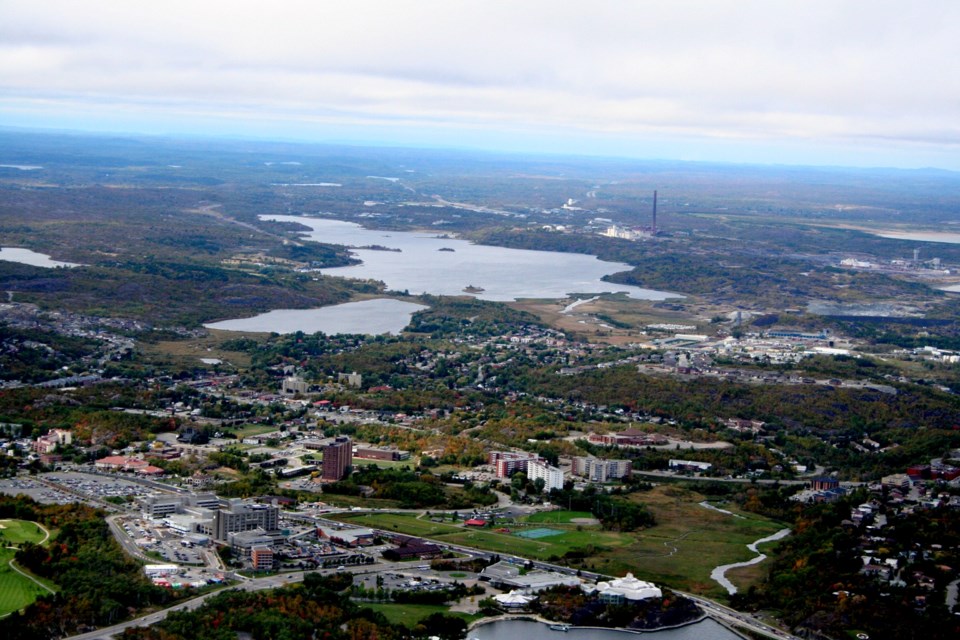Greater Sudbury’s GDP is “tepid” and the local job market is “limp,” according to the Conference Board of Canada’s latest economic forecast.
At issue is U.S. President Donald Trump’s ever-changing tariff threats and a local economy “deeply tied to nickel.”
“Much is sold in international markets and processed in Canada, so it is immune from U.S. tariffs,” according to the report, which adds, “the metal’s price has plunged in recent years, offsetting this shelter.”
The price of nickel collapsed by almost 29 per cent between 2022 and 2024, due to “continued outsized Indonesian production, producer skepticism about electric cars, and the emergence of lithium-iron-phosphate battery technology that doesn’t use nickel.”
Vale has been laying people off across their global operations, but hasn’t specified how many employees would be affected locally. That said, the Conference Board also noted that Vale has said they’d spend $200 million to rejuvenate the Stobie mine, creating 60-80 jobs over four years.
Soft nickel prices “are poison for Greater Sudbury’s economy,” according to the report, which flags a “tepid” GDP anticipated to sit around 0.8 per cent this year and 1.3 per cent in 2026, with similar growth in the subsequent few years.
This, they clarify, is “soft by national standards,” with the national GDP anticipated to rise by 1.5 per cent this year, 1.9 per cent in 2026 and by more than two per cent in subsequent years.
Greater Sudbury’s job market, meanwhile, has not regained its 2019 summit of 92,300 workers and will “only rise fractionally this year” with the addition of 500 jobs, prompting a four-year unemployment rate high of 5.7 per cent.
In a point that should come as no surprise to those up to date on the news cycle, residential construction has continued having difficulty meeting demand, with the area’s ratio of housing starts to population growth hitting a “nine-year trough” in 2023, improving only factionally in 2024 and remaining low this year.
Increasing housing stock has been a key goal for Greater Sudbury city council in recent years, with the city’s elected officials capping 2024 by adopting a long-sought Housing Supply Strategy.
The city has offered tax/development permit incentives, shored up land for affordable housing and allowed up to four units per residential lot as-of-right, among other efforts.
Housing starts are up, with a 30-year high of 654 units in 2024 from 268 in 2023, but the population growth has outweighed these gains.
Sudbury’s population grew by an estimated 16,000 people in 2022-24, a three-year gain roughly equivalent to the city’s total population growth during the previous 34 years. The city’s population is anticipated to grow by 0.6 per cent this year, with tiny population declines in subsequent years before stabilizing by 2029.
Housing starts are anticipated to drop off to just under 300 units this year, slightly more in 2026 and to edge higher thereafter.
“Overbuilding seems unlikely,” according to the report. “The ratio of housing starts to population growth has been below its 20-year average for nine straight years.”
Recent years’ residential vacancy rates have hovered around one per cent, whereas a five per cent vacancy rate is considered healthy.
Some other highlights from the Conference Board of Canada’s latest forecast include:
- Local retail sales are expected to grow by 1.3 per cent this year following last year’s 2.8 per cent contraction, with an additional two per cent growth in 2026 and similar growth thereafter.
- The educational sector is expected to stabilize after contracting for three straight years in the fallout of Laurentian University’s insolvency.
- During the five months to January, Sudbury’s average resale price accelerated by 11.1 per cent, which is “unsustainable, especially against an uncertain economic backdrop.” Slower price advances are anticipated in 2025.
Tyler Clarke covers city hall and political affairs for Sudbury.com.




